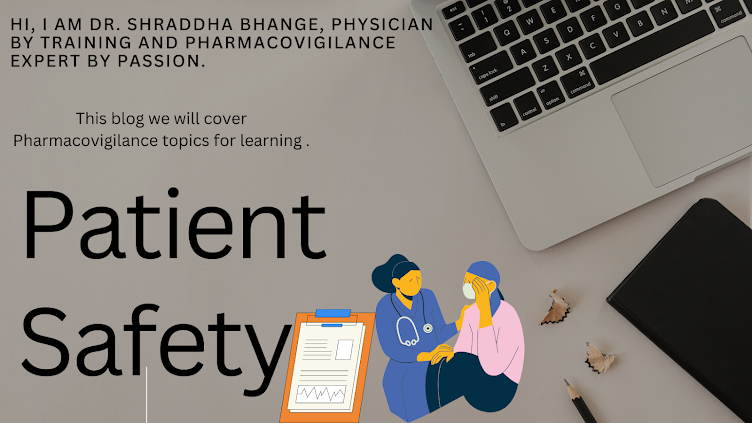Signal Detection Basics
Signal
detection is the most extensive and critical topic in PV. While it is almost
impossible to cover it in one simple blog, we can try to introduce it at least.
Definition of Signal: New potentially causal association, or a new
aspect of a known association between a medicinal product and an
event or set of related events which may require some action for ensuring
patient safety. A signal may only be relevant for a particular medicinal
product or a whole class of medicinal products.
1. Sources of Signal detection:
1. ICSRs
2. Clinical trial data ,
Spontaneous data, Scientific literature
3. Experimental and/or
non-clinical findings which has a significant impact on human exposure
4. Databases with larger
datasets when the signal was detected from national or marketing authorization
holder-specific databases (Eudravigilance)
5. Healthcare databases that may
provide information on characteristics of exposed patients and medicines
utilization patterns (VigiBase-WHO, FAERS)
6. Information from other
regulatory authorities worldwide
2. Steps
in Signal detection:
2. 1. Detection:
Using signal sources ,
first step is to detect signal by using any of the below methods as per the disease, product portfolio and RA requirements.
2. 2.Validation:
Once a signal is
identified, validating it with different methodologies, and assessing if a true causal link is present between the event and drug.
2. 3. Analysis and prioritization:
Once we validate that a signal is indeed present, the next step is
to analyze if the identified signal (event) is serious, severe,
reversible, irreversible and its impact on public. A event that causes a irreversible damage
or requires a very risky and expensive treatment obviously needs
high prioritization. Based on this there is definition of signal, High,
medium and low priority signals.
2.4. Assessment and recommendation for action:
Once we prioritize a signal, we need to ensure there is action taken to minimize the impact of the signal. E.g. if a signal is identified as drug induced liver injury, then we may have to inform HCPs via USPI/training to monitor the liver enzymes of patients
3. Signal detection methods:
3.1. Quantitative: High volumes e.g. EVDAS,
Vigibase then Computational and statistical, Data mining algorithms, Disprotionality
and eRMR
3.2. Qualitative: Low volumes e.g. Company
safety database then ICSR from safety database, Aggregate safety data, Literature
and AESI
3.3. Semi-quantitative: Both together then
Qualitative for safety database with low volumes and Statistical methods
for high volumes from HA database
4.Examples of actions to be taken:
4. 1. Urgent Dear Health Care
Professionals Communication warning of potentially increased risk of adrenal
crisis during the swap over the period, with the risk theoretically being highest
in youngest patients, and those with least adrenal reserve or other comorbidities.
4. 2. An update to the
reference safety information.
4. 3. An update to the EU RMP
Written by:


Nice Article. Thank you for sharing about clinical trials updates.
ReplyDeleteSafety reports for a specific medicinal product are prepared and submitted to global regulatory agencies as part of aggregate reporting. It is an essential component of a medicinal product's safety monitoring process. A development safety update report is a specific aggregate safety report for a molecule in development. For products with marketing authorization, periodic adverse drug experience reports and periodic safety update reports/periodic benefit-risk evaluation reports are also filed.
ReplyDelete
ReplyDeleteThank you for posting. It is a very informative blog. Keep posting
healthcare regulatory documents
medical regulatory documents
Medical editing and proofreading
Medical proofreading services